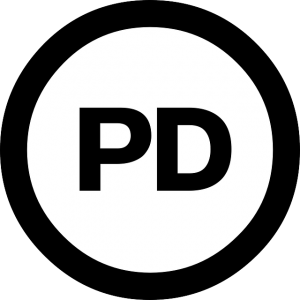In short: Yes, there are legal restrictions.
You should only upload material that you have permission to add. Even when material is in the public domain (such as websites), you should be careful to ensure that you are not presenting it as if it was your own.
There are two things to consider. Firstly the copyright of the material and secondly whether it contains protected content matter.
Copyright, Copyleft
As a rule of thumb: Do not upload the work of others as your own. Only upload content of others if they have given you permission (or if they have licensed it under Creative Commons).



Another option is to use materials that have been specifically marked as no rights reserved, public domain or copyleft. Usually these works are released under a Creative Commons CC0 license and allow you to freely use them for commercial and non-commercial purposes.
![]() The Pixabay image library that is integrated in Learning Toolbox, provides over 1 million images that can be freely used.
The Pixabay image library that is integrated in Learning Toolbox, provides over 1 million images that can be freely used.
Privacy, Portrait right and trademarks

In addition you should consider if depicted contents may be subject to additional copyrights, property rights, trademarks, protrait right, etc. and may require the consent of a third party or the license of these rights. For example the Disney’s image of Mickey Mouse is a protected trademark.
